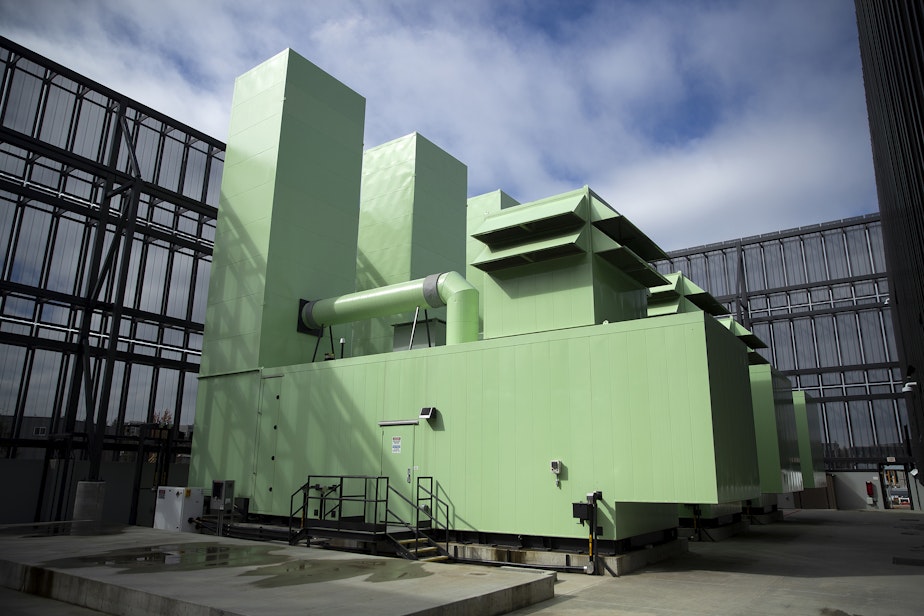Can Microsoft become an AI leader and maintain its ambitious goals to cut carbon emissions?

In January 2020, Microsoft CEO Satya Nadella announced one of the most ambitious plans to decarbonize of any tech company. By 2030, Microsoft would be carbon negative, removing more carbon from the atmosphere than it emits. By 2050, Microsoft would remove all of the carbon it has ever emitted since the company’s founding in 1975.
But progress was slow in the years that followed. Microsoft's overall carbon emissions increased by 5.8% in the first year, and in fiscal year 2022, overall emissions only decreased by 0.5%. And that was before energy-hungry generative artificial intelligence became Microsoft’s North Star.
2023 was the year Microsoft established itself as the leader in generative AI, thanks in large part to its close partnership with OpenAI. Leveraging Microsoft’s infrastructure, OpenAI made ChatGPT widely available in 2023, causing the entire tech industry to double down on artificial intelligence.
RELATED: Microsoft CEO Satya Nadella discusses the promise and potential perils of AI
The opportunity is huge for Microsoft. For the first time in years, Microsoft poses a real challenge to Google’s search dominance thanks to the new AI-powered search engine. But that opportunity comes at an environmental cost. It takes exponentially more energy to power large-language models like ChatGPT than traditional online services.
“The comparison between the energy consumption of the large-language models, compared to the conventional services like email searches and things like that, it's about 10 to 100 times more powerful, more energy consuming,” said Sajjad Moazeni, a UW professor who studies the energy needs of supercomputers and data centers.
Sponsored
Moazeni said the energy needed to answer queries from ChatGPT's estimated daily users could power 30,000 homes a day.
By building ChatGPT into its search engine, Microsoft is betting it can make up ground lost to Google in search, which is the foundation of the internet economy.
RELATED: Microsoft embraces unions with partnership on AI
Google has its own AI product, called "Bard," which it raced to deploy this year to catch up with Microsoft. Both companies will significantly increase their energy consumption if they expand their AI search engines. According to one study, Google could consume as much energy per year as the country of Ireland if every search were powered by generative AI.
We don't know exactly how much more energy Microsoft needs to support its big AI push. The company hasn't released its sustainability report for 2023 yet. Microsoft pointed to last year's report when KUOW asked for the latest numbers. But Moazeni says it's safe to assume the AI push has increased Microsoft's energy needs significantly.
Sponsored
“I can definitely guarantee that this number is going to be a little bit scary,” he said.
A Microsoft spokesperson said the company is still working to “reach a state where, on all the world’s grids, 100 percent of electrons, 100 percent of the time, are generated from zero-carbon sources.”

In an interview with KUOW earlier this year, Microsoft’s new Chief Sustainability Officer Melanie Nakagawa discussed how the company’s decarbonizing goals square with its AI push. She said that despite the near-term energy costs, AI will help Microsoft discover new ways to reduce its carbon footprint.
“The other side of the ledger is what is the incredible potential for AI to reduce power consumption and accelerate the creation of new energy resources, as well as different types of building materials,” Nakagawa said.
Sponsored
Microsoft is already using artificial intelligence to increase access to renewable power. The company is exploring how AI might streamline the complex regulatory process of opening new nuclear power plants in the U.S., according to a recent Wall Street Journal report.
Microsoft is betting on nuclear power and nuclear fusion to balance its ambitious sustainability goals and AI push. The company has partnered with Helion, a Washington-based fusion startup. Microsoft agreed to buy fusion power from Helion in 2028 in what appears to be the first purchase agreement of its kind — though the commercial viability of fusion is yet to be proven.
Microsoft is also working on more efficient ways to train AI, like using textbooks instead of the vast text troves of the internet.
Experts say all of this makes it very difficult to predict the energy demands of artificial intelligence in the future. But one thing is clear, 2023 was the year Microsoft pushed the entire tech industry ahead in generative AI, and that demands a lot more energy one way or another.




